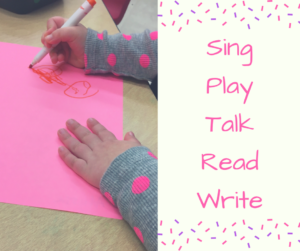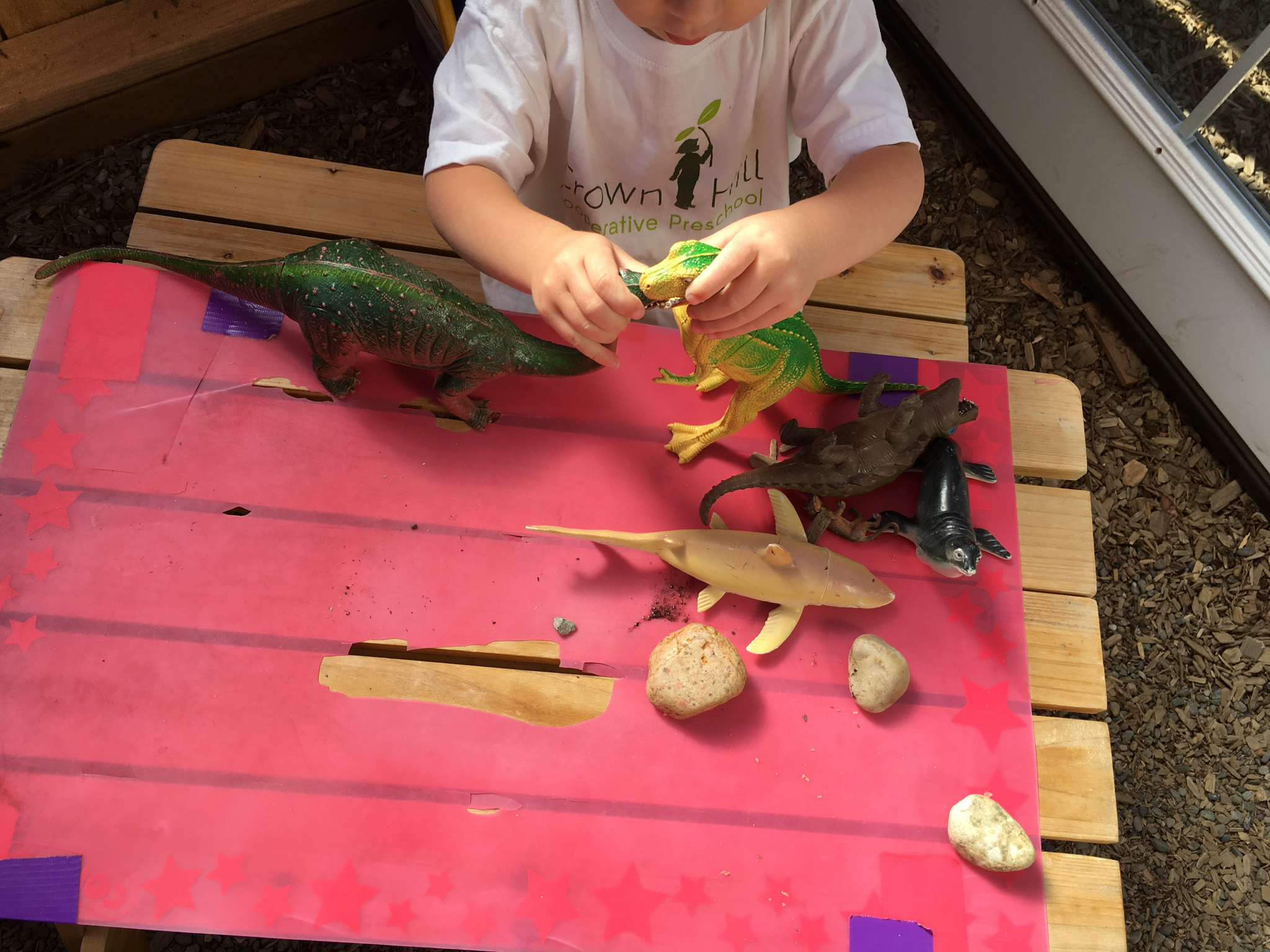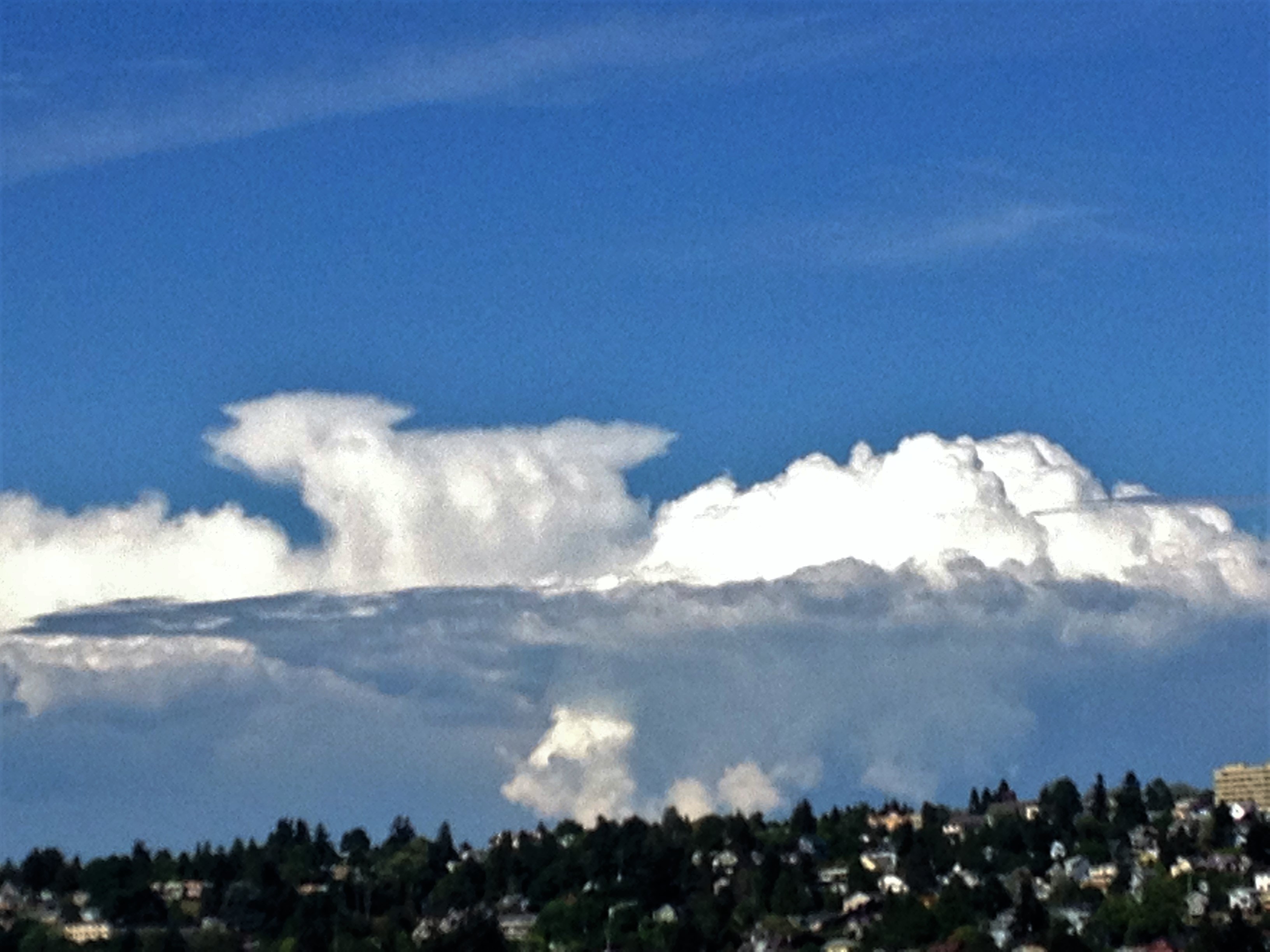May 22 – May 26
As we spend more time outside we will have many opportunities to think like scientists. Many key components of scientific thinking are imbedded in the way children play. Children are natural observers and are very inquisitive. During the next few weeks I would like to encourage the children to use their senses and develop observational skills by: asking questions, describing what they see, predicting what will happen, explaining what they see and what is happening, using tools, communicating their ideas with others.
We will be using the greenhouse as our outside science and art lab/classroom. During the next few weeks we will be planting seeds, making nest art sculptures, experimenting with water, observing the birds nesting in the play area, documenting plant growth, talking about the what is growing in our garden, using tools and documenting the changes in the seeds as they grow.
Remember that there is a connection between learning and playing. Children learn best while playing.
As we spend time outside we will have many opportunities to engage in these learning during play activities. These activities may be ones that are pre-planned, ones that are completely child driven or a combination of the two. Many times, when I set out an activity for the children they will engage in the activity as I had planned. Just as many times, I have seen the children take what I have set out and go a different direction – learning through play is never static or contained but it is fluid and spills out in many directions. The natural curiosity combined with imagination and a mind open to new ideas creates many avenues for learning through play and scientific thinking.
When I was a kid I had a lab. It wasn’t a laboratory in the sense that I would measure and do important experiments. Instead, I would play. — Richard Feyman, Nobel Prize Recipient in Physics
Nest for a Bird
Here is a nest for a birdie
Here is have for a bee
Here is a hole for bunny
And here is a home for me
TWO LITTLE BLACK BIRDS
Two little black birds sitting on a hill
One named Jack, one named Jill
Fly away Jack, fly away Jill
Come back Jack, come back Jill
Five Little Ducks & Five Little Quail
Five little ducks went out to play <Wiggle five fingers on one hand>
And met five quail that came their way <Wiggle five fingers on other hand>
The five little quail went to get a snack <put quail hand behind back>
And the five little ducks went quack, quack, quack <use hand to form duck bill>
5 Little Ducks
Five little ducks went out to play, over the hills and far away
Mommy and Daddy duck said quack quack quack
But only 4 little ducks came back
<repeat for 3, 2, 1, none of the 5 little ducks came back>
Sad Mommy and Daddy duck went quack quack quack
And all of the five little ducks came back.
FIVE LITTLE DUCKS
Five little ducks paddling to shore,
One paddled away, then there were four;
Four little ducks paddling towards me,
One paddled away, then there were three;
Three little ducks paddling towards you,
One paddled away, then there were two;
Two little ducks paddling in the sun,
One paddled away, then there was one;
It paddled away then there was none.




